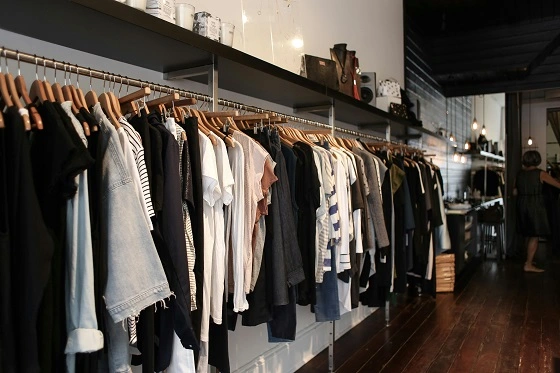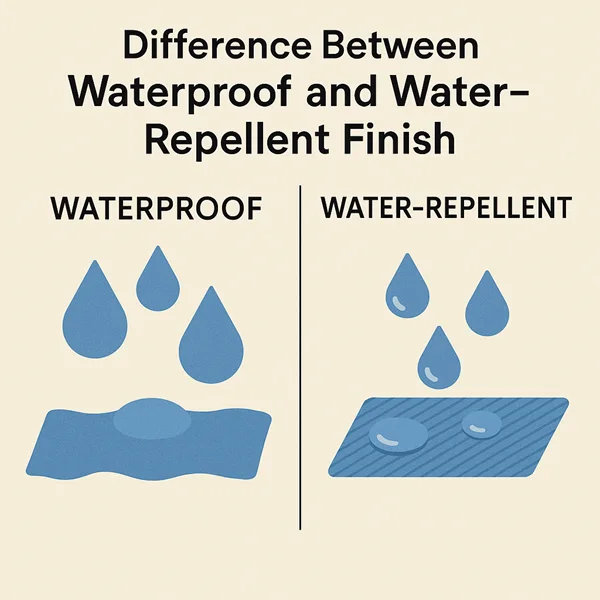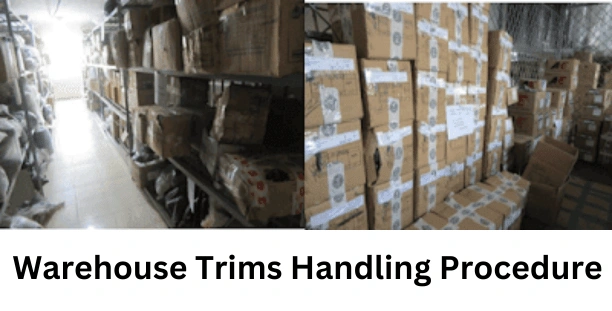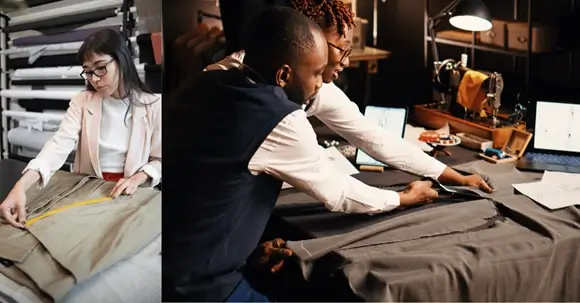Working Procedure of Merchandising Department in Apparel Industry
Working Procedure of the Merchandising Department in Apparel Industry
Merchandising is the department that mediates marketing and production departments. Merchandising is a very valuable department in the Apparel Industry. An apparel merchandiser, also known as a fashion merchandiser, is a person who conceives and implements merchandising displays in retail environments focused on the sales of clothing and accessories. It is called the heart of portion of apparel industry. In this article, we discuss details on the Working Procedure of the Merchandising Department in the Apparel Industry.
The working Procedure of the Merchandising Department in the Apparel Industry is more than many things. Merchandisers don’t just take orders; they make them profitable. They analyze the order and estimate production costs for materials, labor, and overheads. This cost breakdown becomes the base for negotiation with the buyer to reach a mutually beneficial price.

Basic Working Procedure of the Merchandising Department
Order collection
It is the main function of this dept. this dept. works as a buying house for the industry. They collect orders from overseas buyers, mainly from countries like the USA, Germany, and Sweden. They have separate merchandising DGMs to deal with buyers from different zones of the world.
Order Receipt and Review
The process starts with receiving an order from a buyer. This order includes details like style specifications, quantities, and delivery deadlines. * Merchandisers carefully review the order sheet and technical details to understand the buyer’s requirements. They may clarify any discrepancies with the buyer to avoid confusion later.
Sample making & costing
The Buyer provides the designs to the merchant and asks for the cost. Sometimes Buyer asks for various designs which are developed by merchant through sampling. Large sampling is done and styles are finalized from the developed samples after considering the design and cost of the garment. The Buyer also sends specification sheet to the merchandiser which contains all the required details about the style specification CMT (cut, make, trim) cost is estimated by the work-study head. Themark-up (profit per piece) and the overheads are decided by the merchant of company. Mark-up and overhead distribution varies according to Buyer and order size.
Order Negotiation & Conformation:
Tension between a buyer and seller is inevitable. A buyer wants the most house for his money on the other hand a seller wants the most money for his house. Merchandising dept. negotiates with the buyer about price, shipment date & other necessary things in favor of the company. The calculated cost is then negotiated against the cost set by the Buyer and the final price is decided by mutual agreement. After the costing and the style of a garment is finalized then Buyer sends the purchase order.
Material Sourcing and Production Planning
Once samples are approved and the price is finalized, merchandisers source the required fabrics, trims, and accessories. They work with suppliers to secure the materials at the best price and ensure timely delivery. Production planning comes into action. Merchandisers schedule the production process, considering factors like raw material arrival dates and capacity of the factory. They create route cards outlining the garment’s journey through various production stages.
Pre-production meeting
After the order is finalized the file is transferred to the production department. The merchandiser consults the production manager and quality manager for the ease of production of style. In this meeting, they determine the production schedule, shipment date, etc.
Fabric & trims booking
After the order is confirmed & consumption of the fabric and trims is also done, the merchandiser contacts the supplier and books fabrics & all the other trims needed for that order. This booking is generally done against an L/C.
Following up production
Production of that order is followed up by the merchandiser. The entire test related to that order is scheduled and supervised by the merchandiser. This includes tests like pull tests, fat tests, etc. They also inspect the status of production activities and arrange inspection schedules for buyers.
PO Pack closing and Arrange Final Inspection
The finishing role in the Working Procedure of the Merchandising Department is to follow till packing completion. Once the packing is done and the internal QC team gives the green signal, the merchandising department arranges the final inspection.
Arrange Shipment and PO Closing
Merchandisers ensure that the clothing is packaged and labeled correctly, following the buyer’s requirements, after production is finished. They take care of export paperwork, creating packing lists, invoices, and certifications that are required for customs clearance.
Conclusion
All things considered, the merchandising division is essential to the prompt delivery of premium clothing at a reasonable cost. Throughout the whole manufacturing process, they serve as communicators, coordinators, and problem solvers.
The foundation of the apparel industry is the merchandising division. Their well-organized functions guarantee prompt deliveries, reduce manufacturing expenses, and uphold superior quality standards. They serve as the link between artistic vision and financial success, turning concepts into clothes that line store shelves all over the world.



